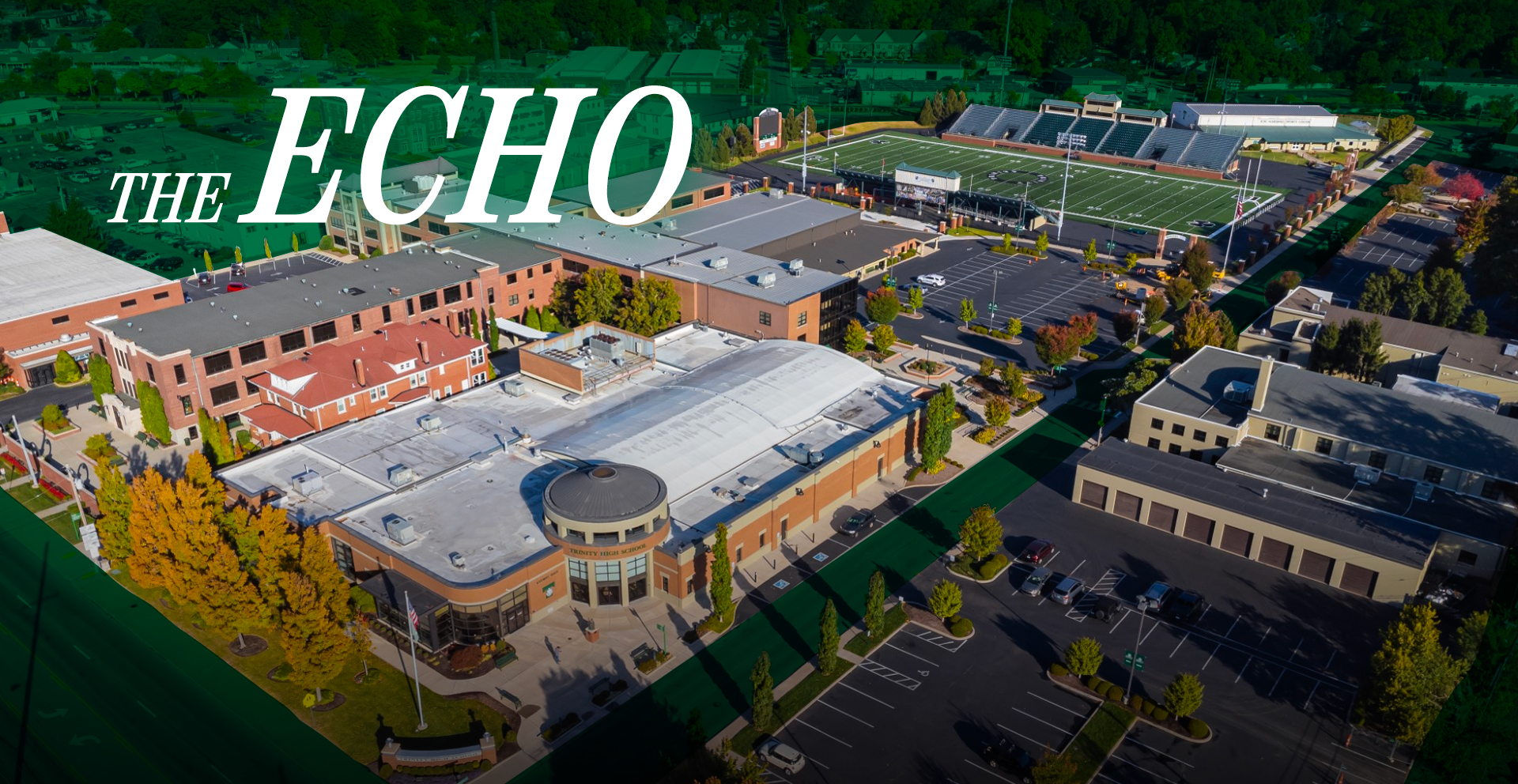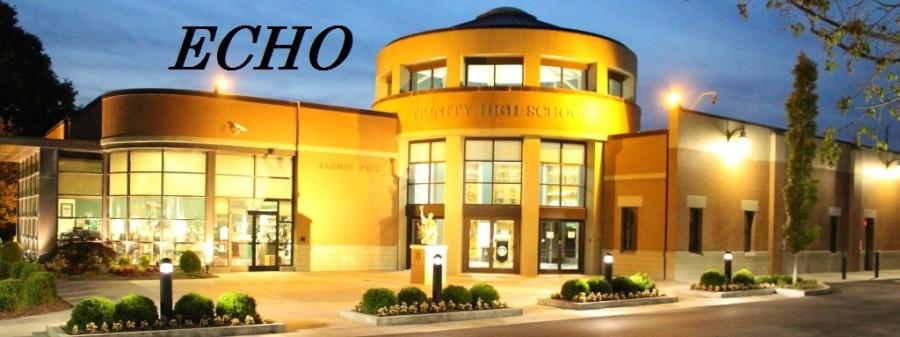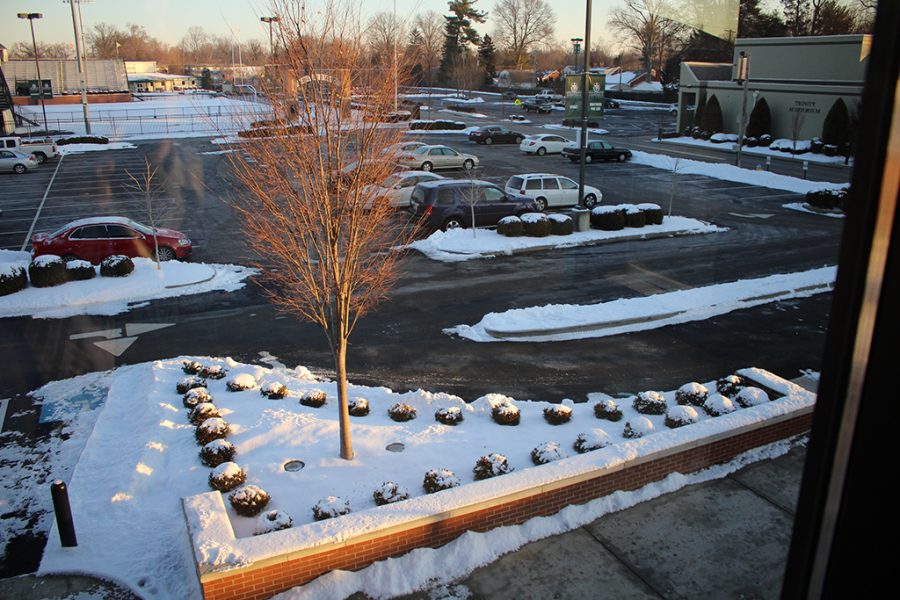Whether it is Einstein and relativity or Mendel and inheritance, scientific theories are often the center of debate. Few scientific theories cause such controversy or criticism as Creationism vs. Evolution. These views seem to always spur debate, but what happens when a faith-driven theory is brought to the public school classroom? The Indiana Senate has passed a bill that will allow teachers to add Creationism to their science curriculum. Senate Bill 89 allows schools to teach religion-based views on the origin of creation in science classes. The bill reads: “The governing body of a school corporation may offer instruction on various theories of the origin of life. The curriculum for the course must include theories from multiple religions, which may include, but is not limited to, Christianity, Judaism, Islam, Hinduism, Buddhism, and Scientology. Merging science and religion in a public school setting may be on shaky ground, given the diverse population of students attending public schools. “I don’t think it belongs there,” said Ms. Betsy Dunman, Trinity High School Theology Department chair. “Creationism is theology, not science.” Dunman said that reason and faith go together, but she still stands firmly that Creationism should not be taught in science classes. She said, “I think that (theology class) would be a more realistic place to put Creationism, or maybe even put Creationism into a philosophy class.” Trinity biology teacher Mr. Michael Budniak and New Albany High School biology teacher Mrs. Shannon McIntyre disagree. Budniak teaches his students Creationism in addition to the Theory of Evolution. Budniak said, “I am perfectly in favor of this, and I go over the Creationist perspective in my biology classes–and have for many years–because Creationists bring up very valid questions about science and assumptions that are made in science as truths.” Budniak said students should have the opportunity to see different viewpoints on creation and be able to make their own decisions based on the theories provided. Budniak, however, does not think that an equal amount of time should be spent on Creationism. “It has a merit value,” he said, “but not like the evolutionary theories.” McIntyre sees the good in teaching Creationism in her classroom, for more than one reason. “It is my personal belief,” she said, “and it lets people know both sides. In my honors biology classes, I have had an overwhelming majority of Creationists.” McIntyre believes more students in her classes can relate to the Creationism theory than Evolution. Dunman has developed her own theory as to why Creationism is being led into science classes. “They’re doing it because they removed philosophy and theology from public schools with separation of church and state,” she said. “Since then, they’ve been floundering to figure out where it belongs.” Budniak sees pressure from conservatives as the reason Creationism has been added to science in Indiana. He said, “They’re doing it because of public pressure from religious conservatives.” McIntyre agrees, saying that government in Indiana has a majority of conservative Republicans. The predicted impact of Bill 89 is diverse. Budniak believes there will be little impact as far as education, on the condition that teachers treat it as another topic and do not stress more one way than another. McIntyre hopes for a beneficial impact: “I hope there will be a positive one, partly in the sense that those who believe in Creationism feel like they have more of a purpose as opposed to people who believe in Evolution, who tend to feel like all of this is by accident. It gives students a purpose when they believe in God. Creationists believe in a more eternal life.” Dunman sees potential problems: “It makes people who are skeptical about the Bible even more skeptical, and it makes people who are literalistic interpreters of the Bible look dumb. It puts God in a box.” For those who choose to teach Creationism, how will it be taught? McIntyre is hopeful, but feels unprepared. She said, “I would divide the units. I spend nine weeks on Evolution, and I would split that up, spending four and a half weeks on Evolution and four and a half weeks on Creationism. I wonder what resources there would be to teach it, because it is not in the textbooks presently.” How will McIntyre approach students who object to the religious perspective on the subject matter? She has a plan of action for that as well: “I think I would approach it in the sense that I just want to provide the information for them and allow them to be more educated, rather than shoving religion down their throat.” McIntyre said that Creationism could be taught from a theological standpoint, but most other topics in science won’t apply. “I feel like if it is covered in Creationism, it could explain other topics,” she said. “In Indiana, most science topics are stand-alone, like cell division and growth. I’m not sure how to apply it to things like that when other topics are more factual.” McIntyre believes that teaching Creationism will be well supported by New Albany’s Science Department. She said, “Most teachers I work with are conservative and attend church every Sunday.” Budniak said treading the waters of Creationism can be risky: “Trying to teach any extreme is dangerous. You must present all points on a subject to allow students to make up their own minds on a subject that is not solid or proved to be true.” Dunman provided a quote from Pope John Paul II: “Faith without reason is superstition; reason without faith is chaos.”
Categories:
Door opened for Creationism instruction in Indiana
February 23, 2012
0



